The elusive platypus is rapidly becoming the face of Australia's biodiversity and species decline as land clearing, urban sprawl, rising temperatures and extreme weather events affect their habitat.
Subscribe now for unlimited access.
$0/
(min cost $0)
or signup to continue reading
The duck-billed monotreme, which lives in muddy creeks, riverbeds and the occasional farm dam in Tasmania and along the mainland's east coast, is vulnerable to habitat loss.
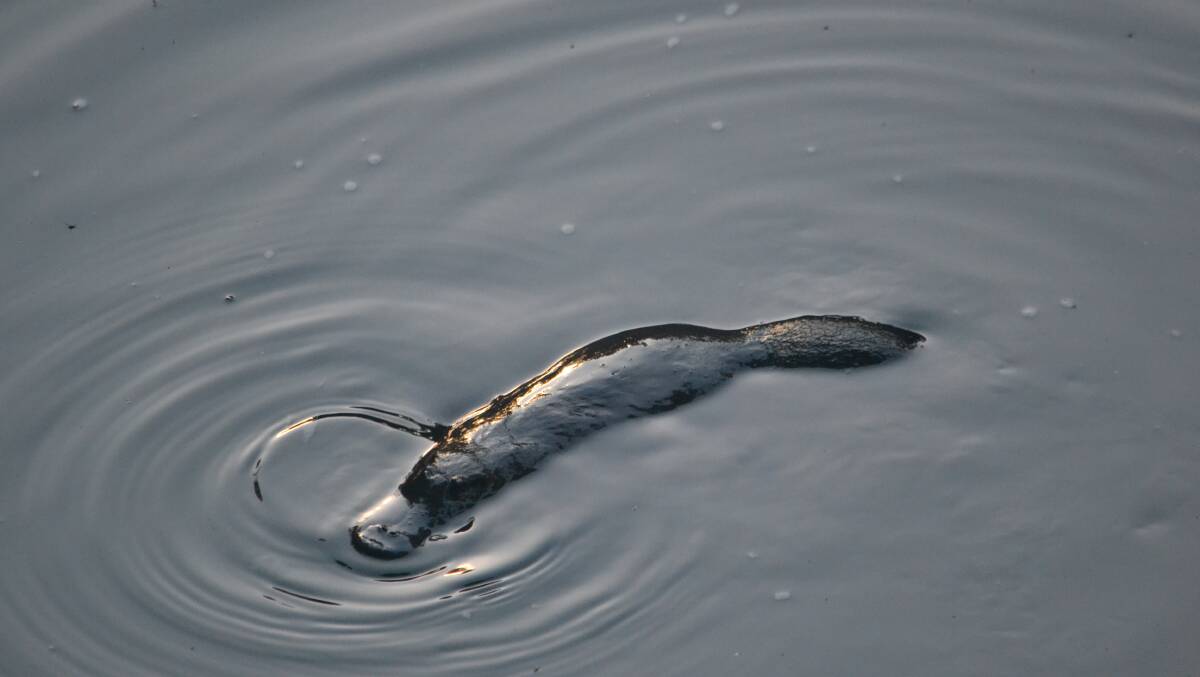
And while most threats to the insect predators are clearly mapped and measured, land clearing, which can lead to poor river health, is a growing concern.
No single source provides an accurate picture of how much vegetation is cleared across the country, Australian Conservation Foundation (ACF) nature campaigner Jess Abrahams said.
"Essentially there's this big unknown about what the rate of land clearing is but we do know the biggest driver is agriculture," he said.
Chopping down Australia's carbon sinks
National land clearing data is aimed at recording associated greenhouse gas emissions, while the various state-based tools measure vegetation loss.
According to the national accounts, the land sector, which includes agriculture, contributes about one quarter of Australia's annual emissions.
Hundreds of thousands of hectares of land is cleared every year, mostly in Queensland and NSW.
"Many of us think we have lots of bush and we do so much better than other countries but really Australia has one of the highest extinction rates of any developed country in the world," Mr Abrahams said.
"I would hate us to lose what makes Australia so special but that's what we're at risk of doing."
The platypus retreat
The area of Australia where platypuses are found shrunk by at least 22 per cent - an area almost three times the size of Tasmania - over three decades, a University of NSW study found in 2020.
In the same year, other research found a 14 to 18 per cent decline in platypus populations in areas affected by the Black Summer bushfires, which burnt through 24 million hectares of land across five states.
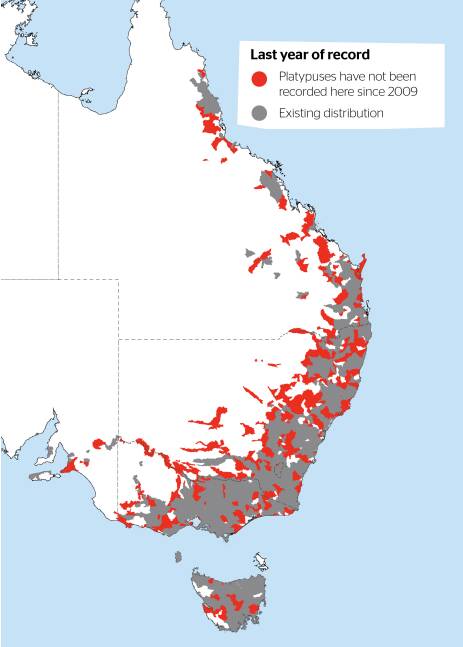
Endangered in South Australia and listed as vulnerable in Victoria, the egg-laying mammals are hard to spot.
An ACF citizen science campaign in September 2022 enlisted members of the public to report platypus sightings to help scientists paint a realistic picture of where platypus populations are around the country.
"We had nearly 800 platypus sighted from northern Queensland to southern Tasmania," Mr Abrahams said.
"We've been able to prove they're in a lot of places that they weren't but also, sadly, show they no longer seem to be in places that they were."
I would hate us to lose what makes Australia so special but that's what we're at risk of doing.
- Jess Abrahams, Australian Conservation Foundation nature campaigner
Mr Abrahams said more frequent fires, droughts and floods were having a direct impact on platypus numbers.
"Sedimentation, mud and silt in streams from these extreme events are increasingly regular and severe and we know that's having a toll on platypus," he said.
"When the vegetation along rivers and streams is being cleared or trampled, it reduces the quality of not only platypus habitats, but wildlife all across Australia."
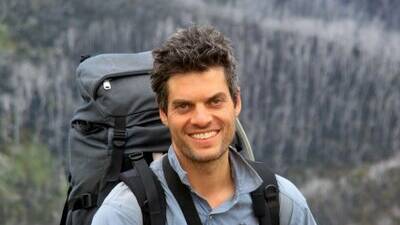
Illegal land clearing 'uptick' in Tasmania
Tasmanian Conservation Trust chief executive Peter McGlone said land clearing cases can take years to make their way through the justice system.
"We successfully concluded a case in May that took seven years," Mr McGlone said.
Clearing native vegetation for some agriculture and significant infrastructure is permitted with a permit in Tasmania and the state still hosts a significant forestry industry.
But the Apple Isle is also a huge carbon sink with more than three million hectares of mainly native forests.
"There's been an incredible uptick of illegal activity in the last couple of years, and last year was certainly the worst that I can recall of illegal land being cleared," Mr McGlone said.
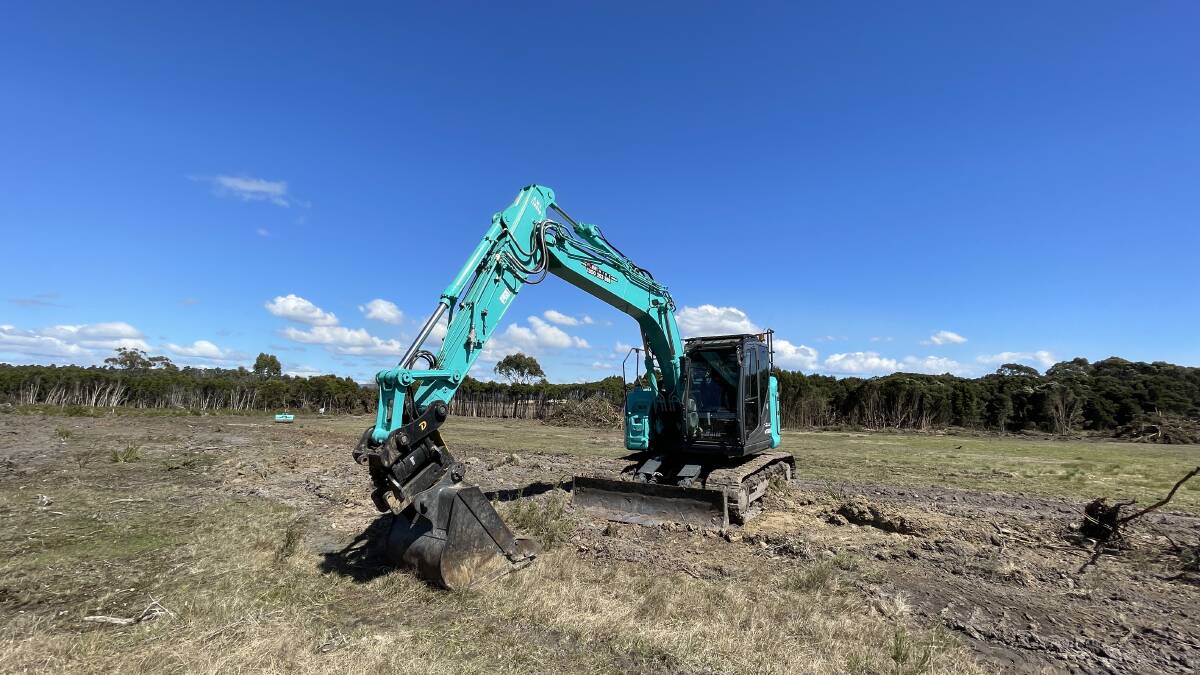
So much more to learn
Australia still had so much to learn about its fauna, Landcare Tasmania chief executive Peter Stronach said.
"We're currently in what's known as an extinction lag period," he said.
"We don't know enough about species and their ability to reproduce effective offspring to have a viable long-term population.
"Raptors, black cockatoos and giant freshwater lobster are examples of long-living species that we don't know enough about their breeding populations and breeding habitat."
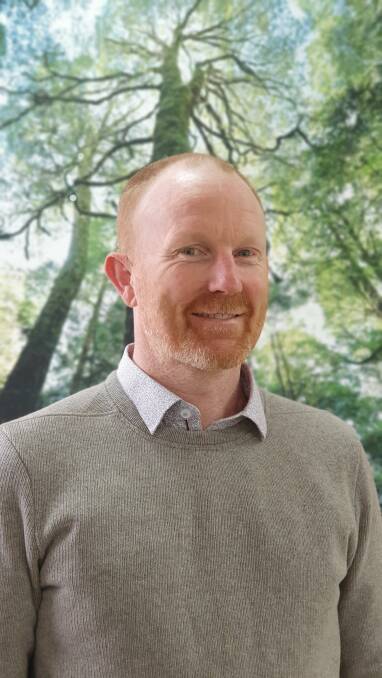
Mr Stronach said past clearing and logging practices may yet come back to bite our wildlife.
"Insufficient tree hollows - again from past activities and continuing today through logging - the removal of paddock trees for [irrigation] pivots and other agricultural changes, pest species such as galahs and rainbow lorikeets, and the long time it takes to create hollows in a forest all contribute to the imbalance of biodiversity," he said.
Climate change is having a direct impact on Australia's iconic species.
An estimated 64,000 koalas were killed during the 2019-20 Black Summer bushfires in NSW and they could be extinct in that state by 2050.
I'm a celebrity: save me
Tasmanian platypuses, which are thought to be genetically distinct from those on the mainland, may benefit from their celebrity status.
Platypus House at Beauty Point near the island's northern coastline has been a sanctuary for monotremes for nearly 20 years.
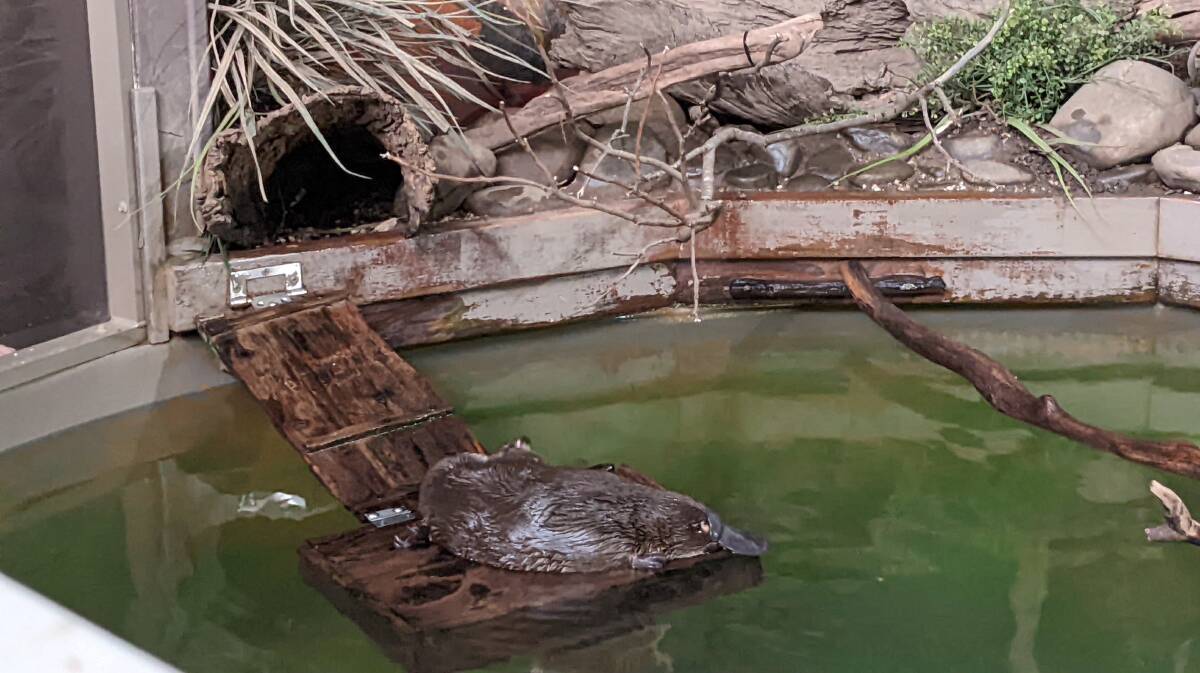
"The problem with that is because they're out of sight and out of mind, people forget about the importance of them. They really are unique animals," director Peter Gibson said.
Along with climate change, introduced pests are a threat to their population health.
"Foxes, cats and dogs prey on them. Platypus are also notoriously sooky, so if they get injured or sick they're very hard to keep alive," he said.
Platypus pop quiz
- Platypuses use electronic impulses to detect underwater prey and locate objects.
- Under ultraviolet light, their brown fur glows green and blue.
- When the first platypus specimen was sent back to England from Australia in the late 18th century, the scientists who examined it thought that someone was playing a trick on them.
Platypuses can travel kilometres a day in a river system or on land, making them "pretty damn hard" to monitor.
"We really must manage our water systems, waterways and land correctly. If we keep polluting, dumping and causing problems for our wildlife, we won't have them. It's as simple as that," Mr Gibson said.
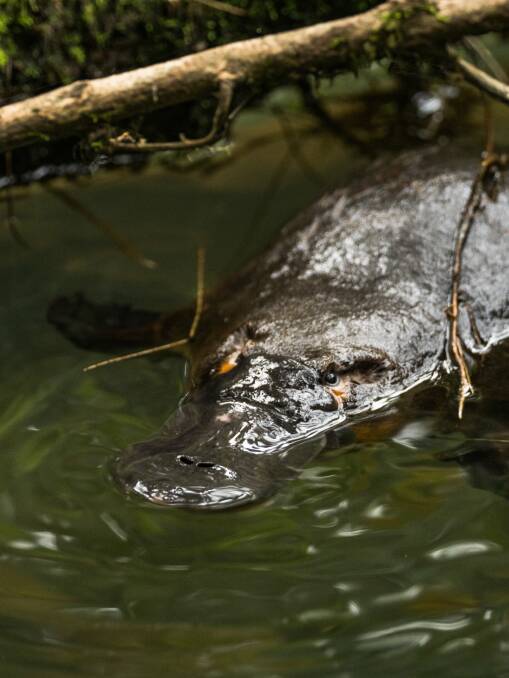
Hope in community
The Bramble Cay melomys, a tiny rodent found in the Torres Strait, in 2019 became the first Australian mammal to be declared extinct due to climate change.
Landcare Tasmania chief executive Peter Stronach said the answer to the twin crises of climate and species extinction lies in the community.
"We have to bring everybody with us, not just those that are committed and engaged, but everyone in the community needs to be coming on that journey," he said.
"If you're going to create change over a whole landscape you have to mobilise everybody."
Duncan's story
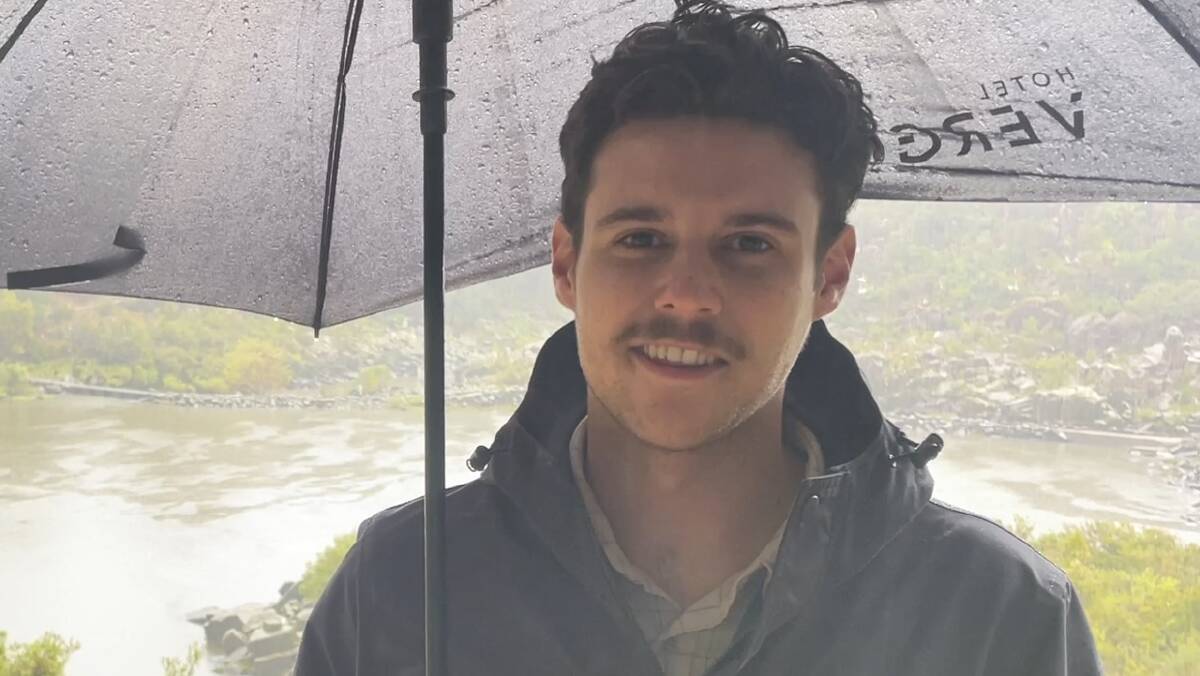
Moving to the regional Tasmanian town of Launceston has really shown me how important it is to preserve the beauty of our natural environment.
Working at The Examiner I've had opportunities to talk to people who are passionate about protecting the biodiversity of this unique place.
I hope this Young and Regional project will inspire more action on climate change.
This series matters to me because we have so much at stake and not enough people realise that.
Climate change is real, it's happening and it's scary.
But there are so many people devoting their entire lives to ensuring we have amazing creatures like the platypus around for future generations.
You can read the full Young and Regional: Our Climate Future series here.


